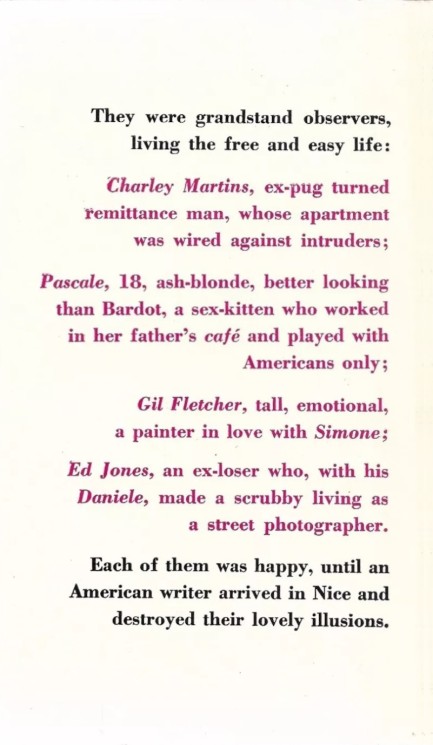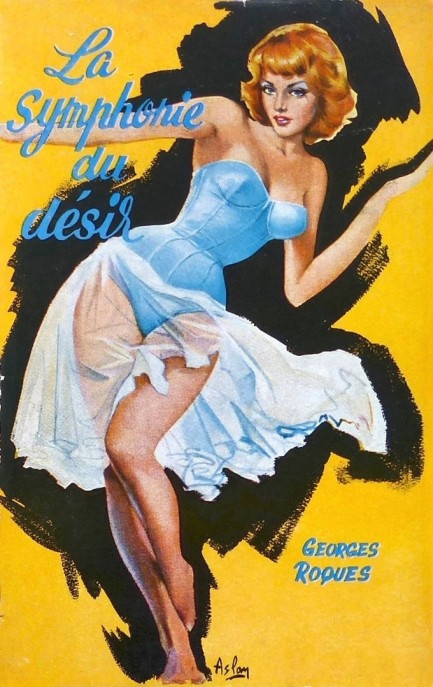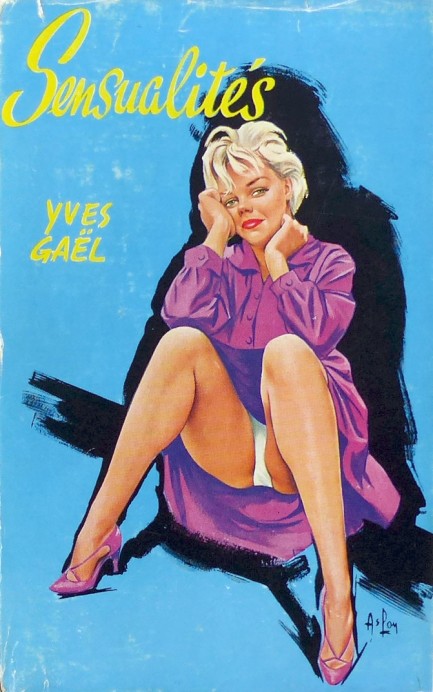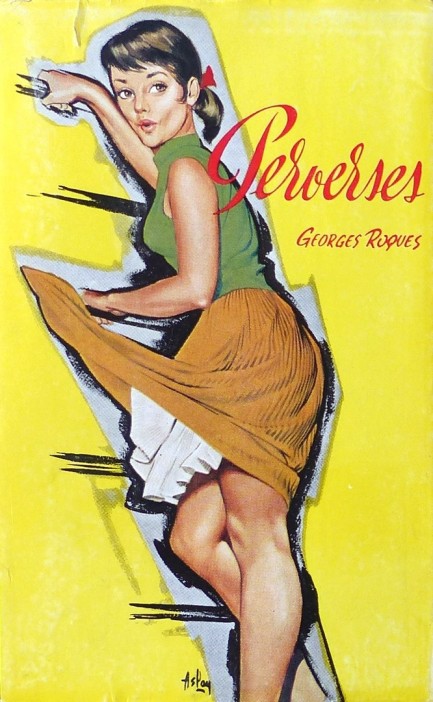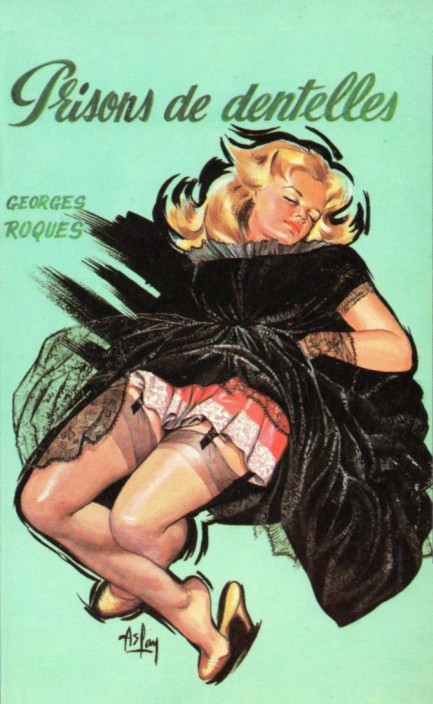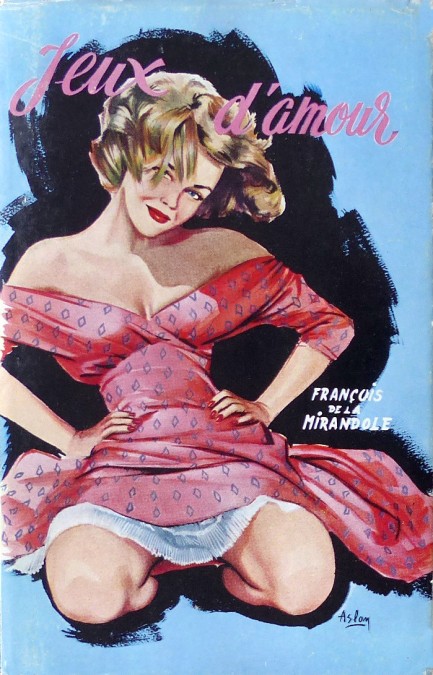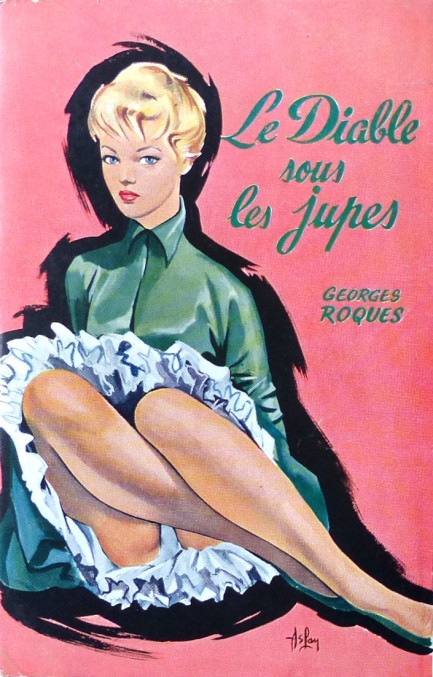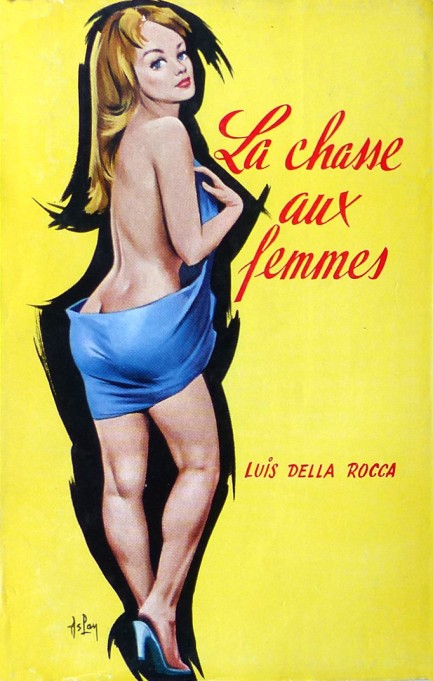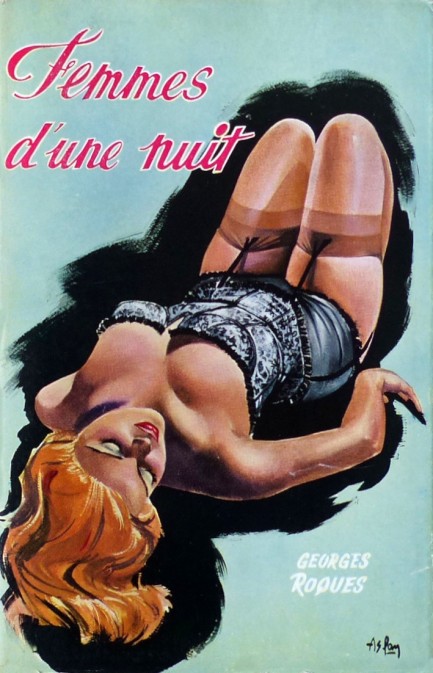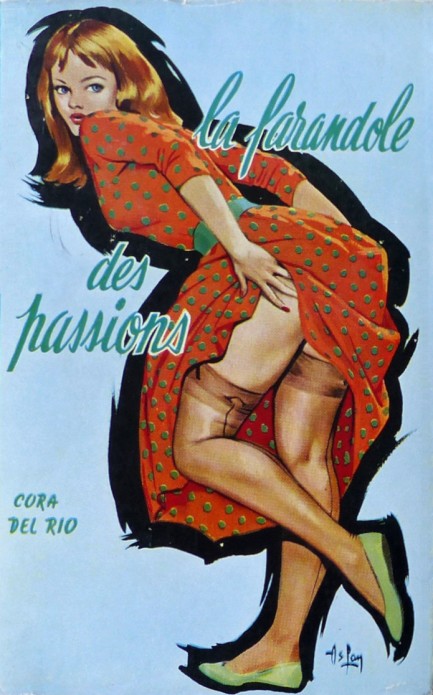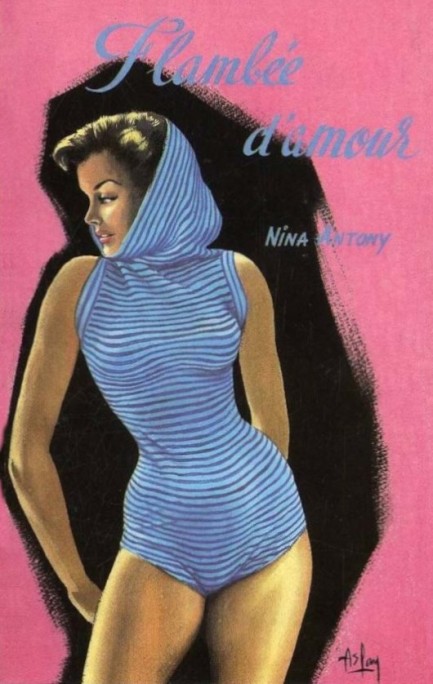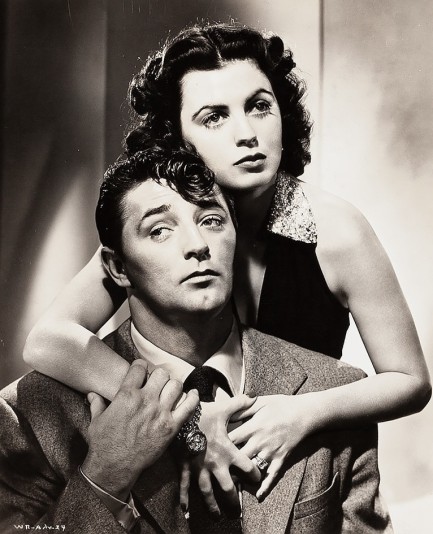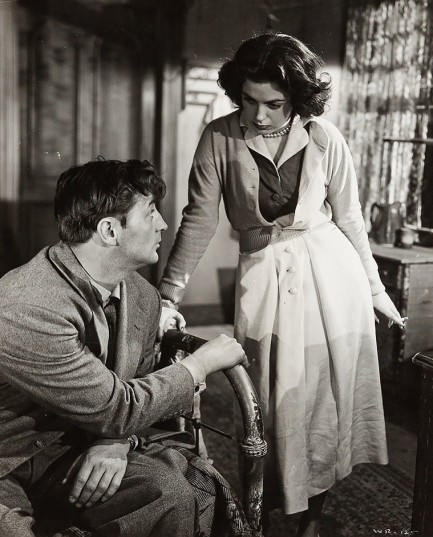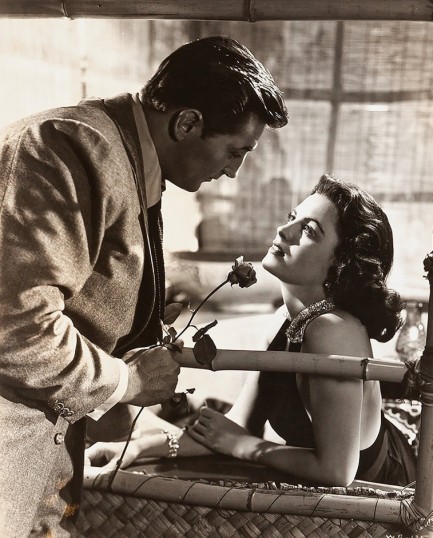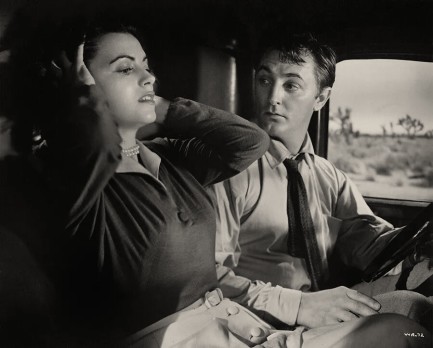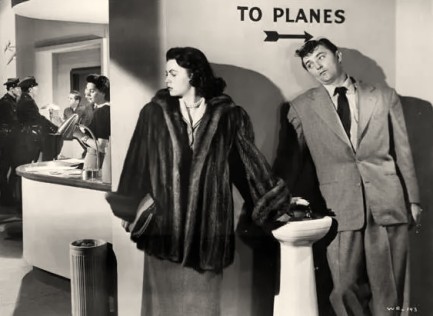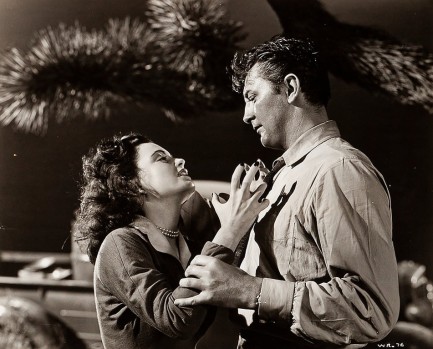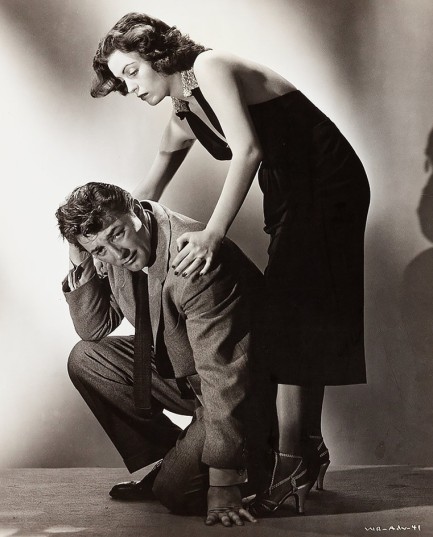 I want this to be good, you two. So take one more look over here to remind yourselves what you're fighting about. 
Last time we read a novel by the globetrotting Ed Lacy, we said afterward we'd travel anywhere with him. In 1961's The Freeloaders, for which you see a beautiful but uncredited cover above, he once again conducts readers to an exotic place—the Côte d'Azur, in the company of a small clan of Americans trying to survive without work visas in and around Nice. Freelance writer Al Cane, the most recent addition to the group, has occasional gigs and makes enough money to live. Ex-boxer/ex-cop/ex-advertising man/constant enigma Charley Martins has savings that keep him in a nice seafront apartment. But painter Gil Fletcher and inveterate schemer Ed Jones struggle daily. The women within the group are diverse. Charley's girlfriend Pascale is young, beautiful, and precocious; Gil's partner Simone is opportunistic and fickle; Ed's girlfriend Daniele is industrious and kind.
Eventually, Gil, desperate to stay in Nice and in need of money for he and Daniele, cooks up a foolproof robbery scheme. But to quote Mickey Rourke in Body Heat, "Any time you try a decent crime, you got fifty ways you're gonna fuck up. If you think of twenty-five of them, then you're a genius." Gil is no genius. The rest of the story deals with the aftermath of the crime on the Nice guys, the unraveling of the mystery of who the mysterious Charley really is, and Al's growing lust toward Pascale. As with other Lacy novels, the flavor is as important as the plot, and he dishes up the South of France (with sides of Italy) in satisfying fashion. There are always a few nits to pick with him. Any time you write a novel there are at least fifty ways to fuck up. Lacy is no genius, but he always entertains. That's travail numéro un.
 Every successful woman has a great support system.  
Actually, a great woman often has nothing but her own sheer will, but a little support never hurts. This photo shows Ava Gardner getting a boost from Burt Lancaster somewhere on Malibu Beach in 1946. It was made while they were filming The Killers, and there are several more shots from the session out there if you're inclined to look. We've shared a lot of art from The Killers, which you can see here, here, here, here, and here. And, of course, you should watch the movie.
 Everyone wants flexibility in their work. Only a few succeed. 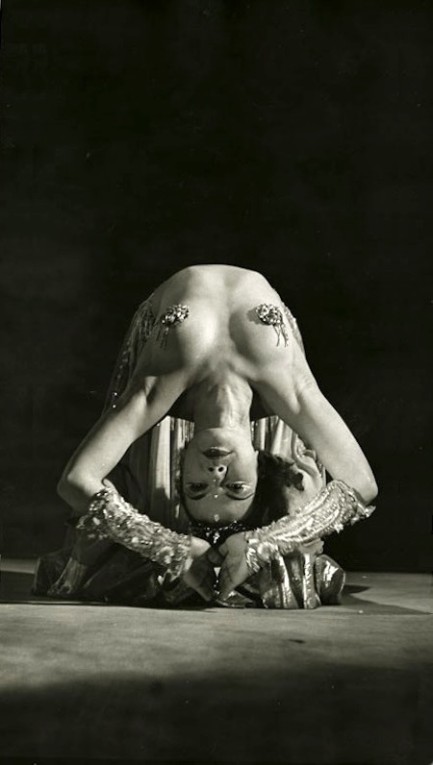
Bellydancer Nejla Ates strikes the difficult backbend pose for this unusual promo image made in 1954. Ates was born in Romania but was Turkish, and rose to become an internationally famous performer nicknamed the Turkish Delight. She later appeared in films, including 1955's Son of Sinbad with Lili St. Cyr, and modeled for album sleeves for Middle Eastern music, as we've shown you. In addition to all that she was popular in the tabloids. That means you'll see her again at some point.
 Murder hates company. 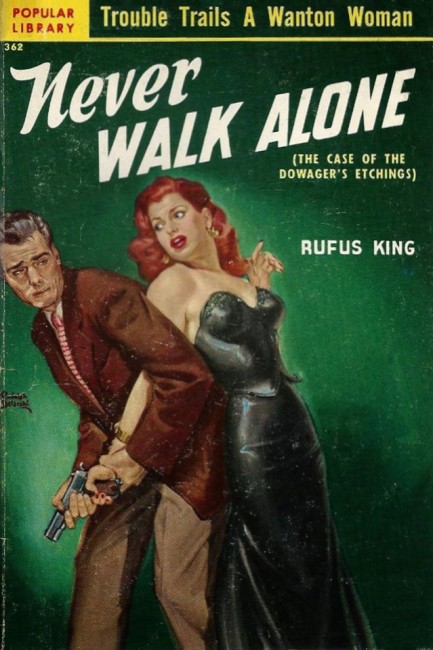
Rudolph Belarski, whose work is always instantly recognizable, painted this cover for Rufus King's 1944 mystery Never Walk Alone, earlier known as The Case of Dowager's Etchings. The change tells you that Popular Library thought a less old-fashioned title would boost sales for this 1951 re-issue. But the old-fashioned nature of the story is a feature, not a bug. What you get is intrigue at the residence of Carrie Giles, who's opened her large home up as a boarding house called River Rest and had the rooms filled by workers in an arms factory.
Giles is a throwback who's still driven around by horse and carriage in an era of cars and planes. The tale is told from her point of view, and never has a more self-contained observer been committed to the printed page. This derives from her belief in politeness and decorum. Even if you're a bit nosy, as she is, you don't make a fuss. When she finds a body on her grounds she simply leaves it there for someone else to stumble across the next afternoon. Maybe she's not such a throwback after all—we can see that happening even today, so she's an interesting figure created by King.
Her genteel nature is summed up in a passage about Humphrey Bogart. Don't forget that Bogart was a famous film villain before he altered the trajectory of his career. Giles knows only the early Bogart, and is horrified when someone compares one of her boarders to Humphrey: Mrs. Giles shut her eyes. She was fairly familiar with Mr. Bogart's characterizations on the screen, and to have any one of those blood-throttling roles in the house was the last straw.
Can a mystery be fun when told from the point of view of a hidebound busybody? Turns out it can. While other elements of the story are interesting too (she thinks the murder has to do with wartime spies, and particularly suspects an outspoken and modern-minded female guest), Mrs. Giles is ultimately such a fascinating and delicate creation that it was her who kept us turning pages. Never Walk Alone isn't for readers seeking fireworks and sexual intrigue, but as an example of a character-driven mystery, it worked fine.
 Extreme volatility in the creepy old manor sector forces many from their homes. 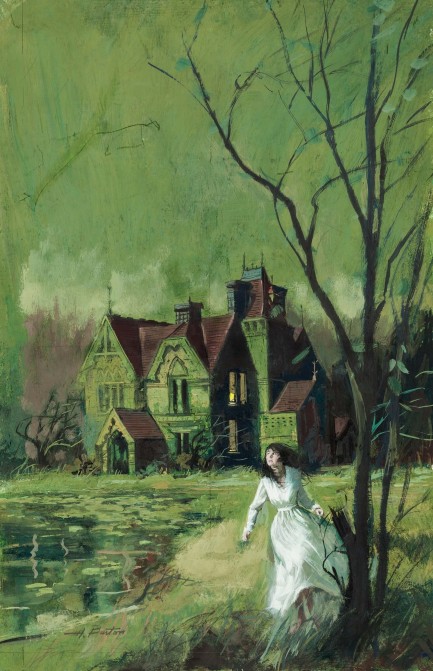 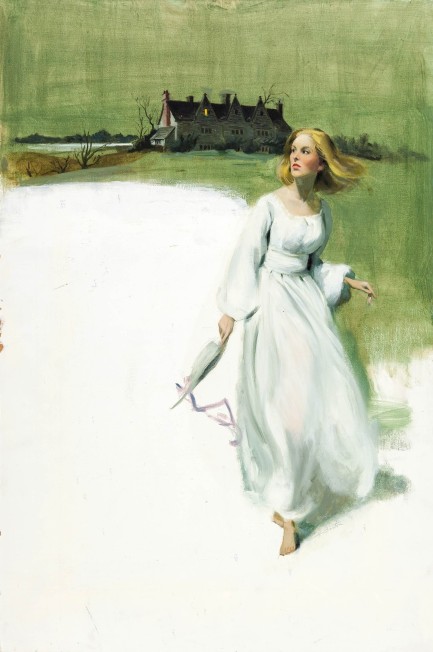 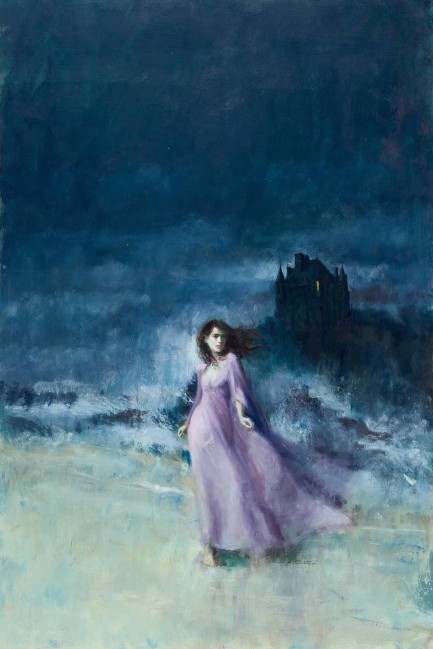 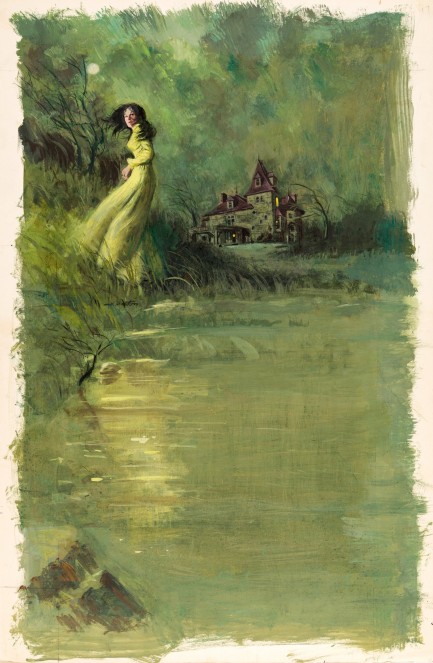  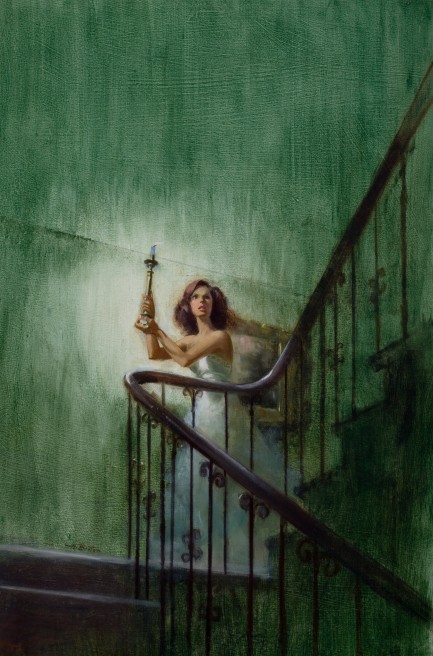 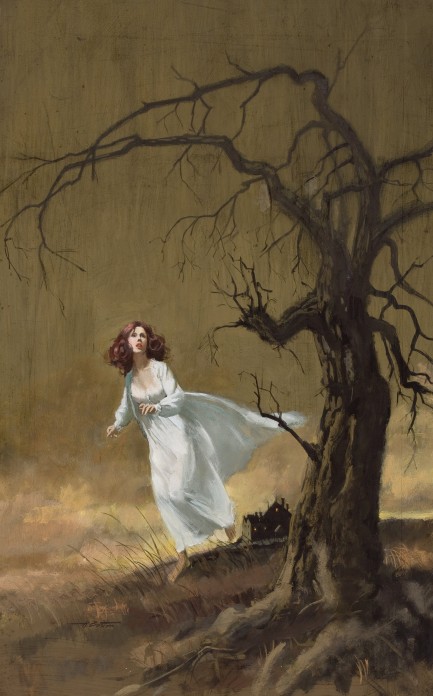 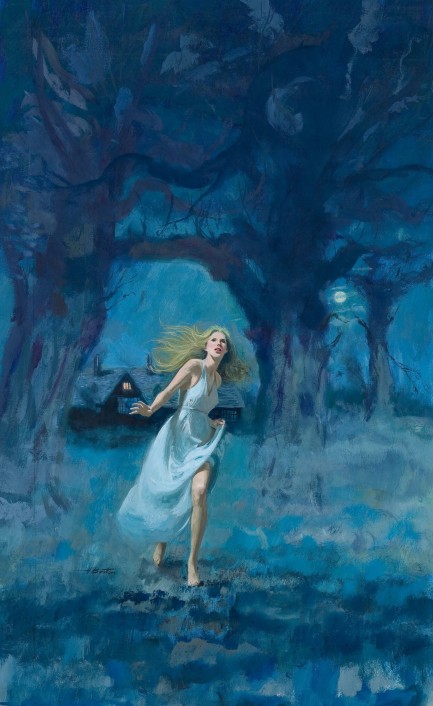 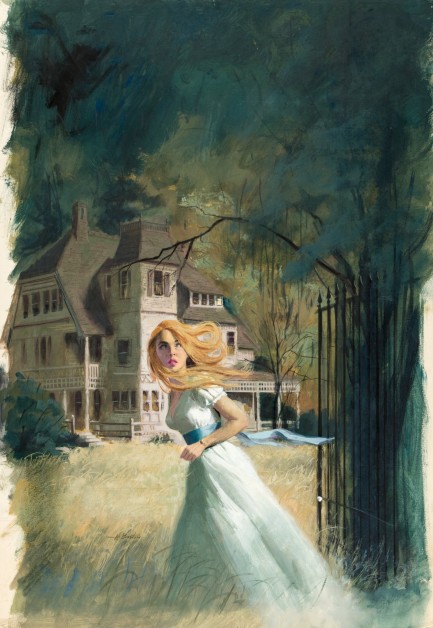 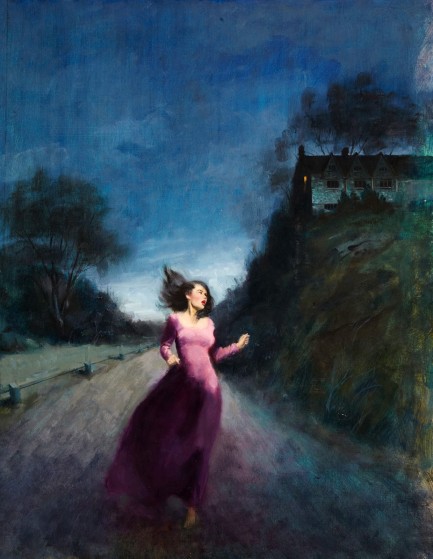 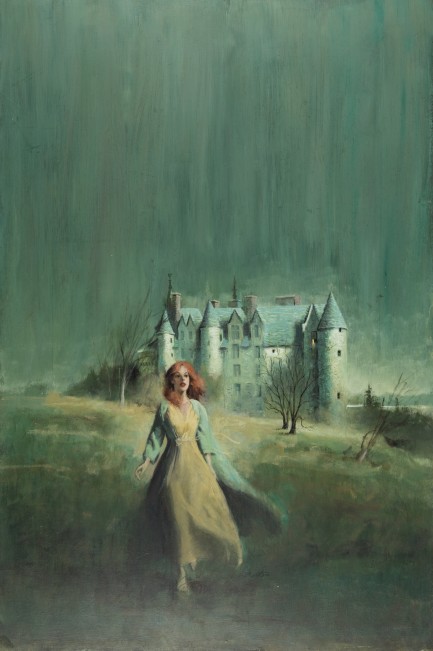 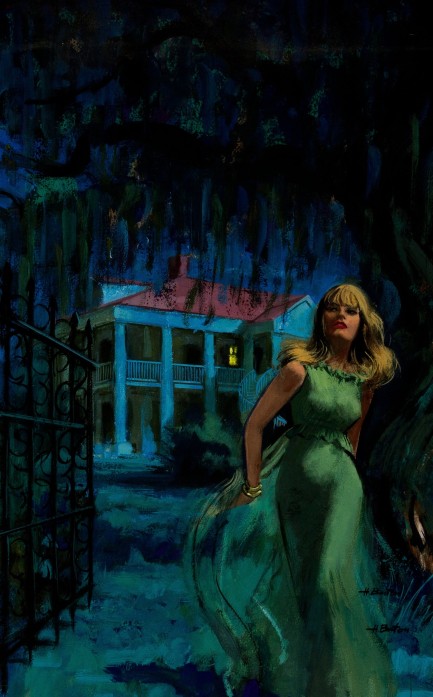 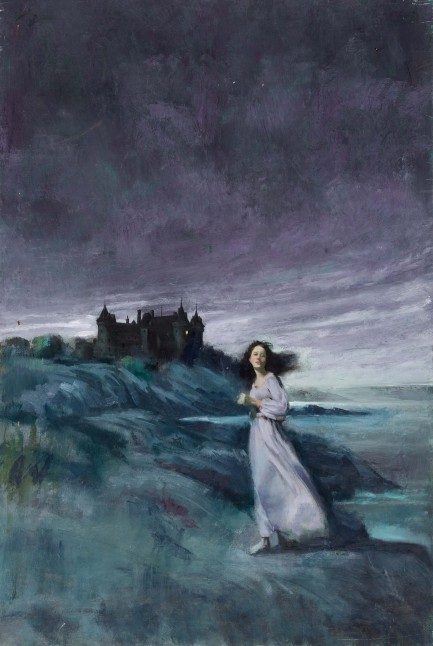  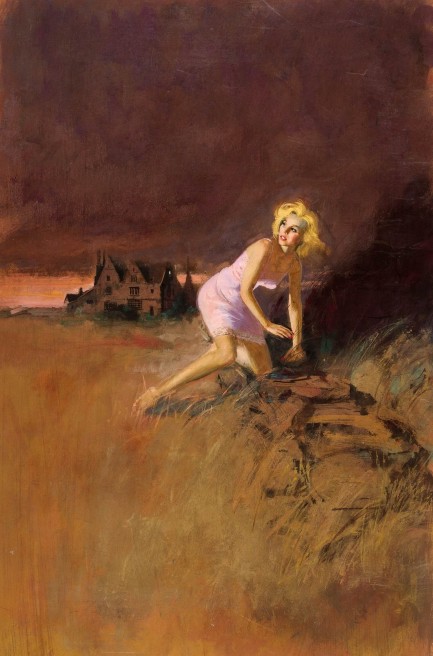 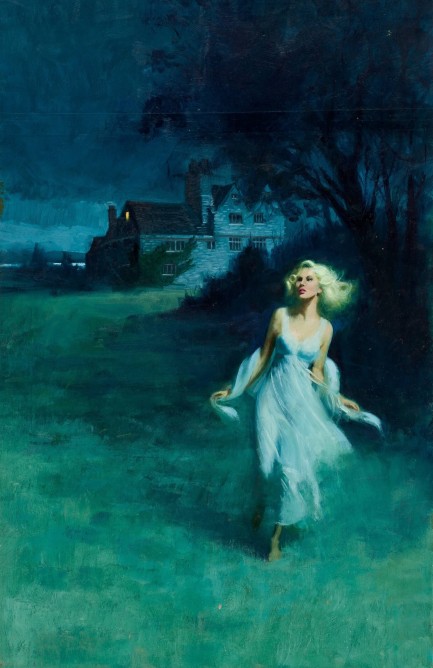  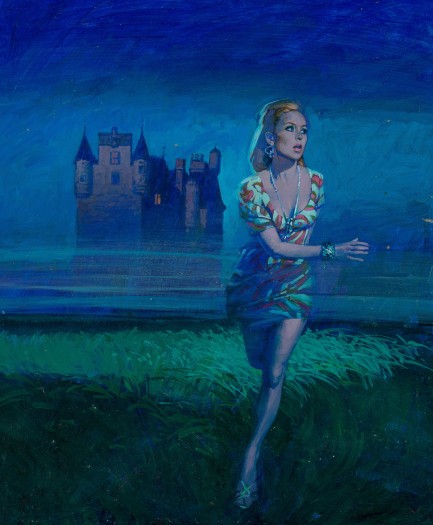 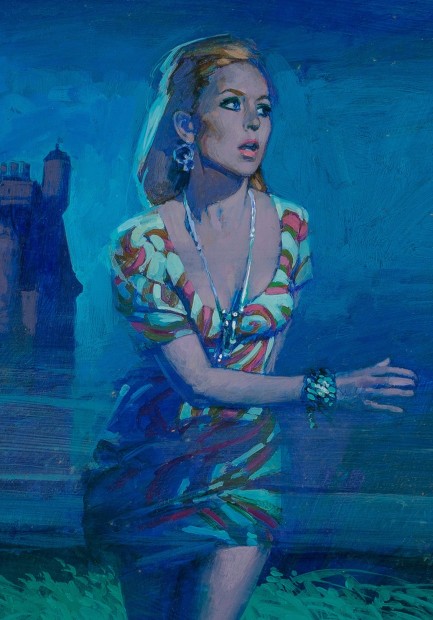
It's the worst case scenario. You're forced out of your home in the middle of the night with only the clothes on your back. As recent home buyers, that thought is a nightmare for us. In our case, it would be bankers sending us out the door. But in romance novels it's husbands, crooks, ghosts, or just bad vibes. These are all paintings by Harry Barton made for the covers of gothic romances, which we came across while trying to find out who painted the front for The Minerva Stone, a book we talked about last month. That brilliant piece is the one just above (and we've added a zoom so you can see the details of the work). It surprised us that Barton specialized in gothic romances, but it shouldn't have—he could do anything. Look at more examples of his ability here, here, and here.
 Look at that view, men! Just think how much money a trip like this would cost us if we were civilians! 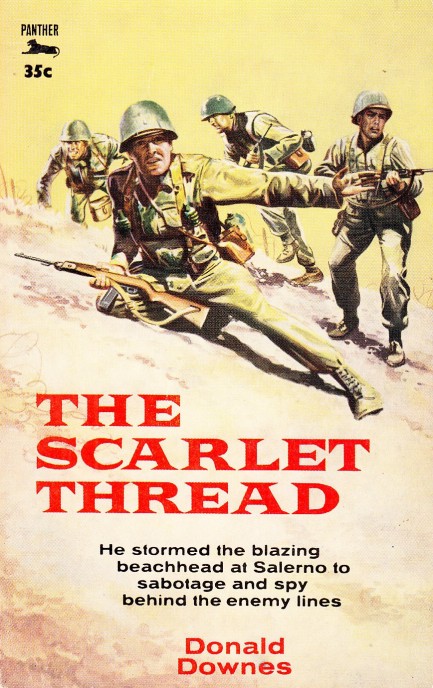
Donald Downes' World War II combat and espionage novel The Scarlet Thread originally appeared in 1953, with this Panther Book edition coming in 1959, adorned with cover art from an unknown. Like many mid-century war novelists, Downes saw it all firsthand. He was in the Office of Naval Intelligence (ONI), the British Security Coordination (BSC), and the OSS (we don't need to decipher that one, right?), and saw action against the fascists in Italy and Egypt. This novel, his first, draws on those experiences in telling the story of an aviator sent on a mission to eliminate a suspected double agent. Its French translation won Downes the 1959 Grand Prix de Littérature policière. Mission accomplished.
 You know the old saying. Once you go witch you'll never want to switch. 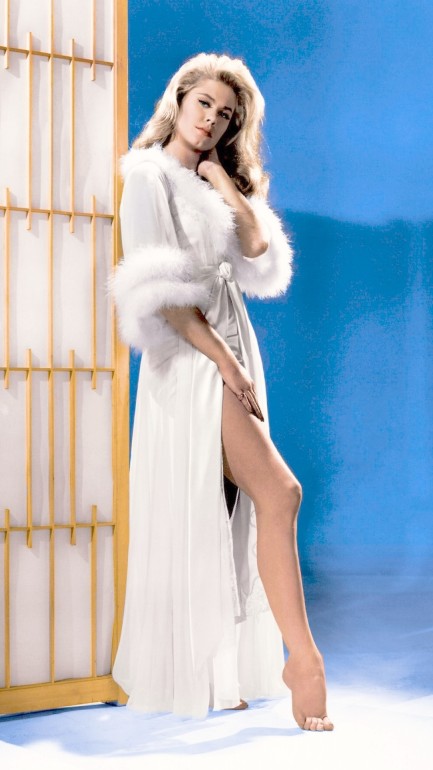
Since we mentioned the television show Bewitched recently, here's its star, the lovely Elizabeth Montgomery, bringing some supernatural qualities to a nightgown in this 1963 photo made to promote her comedy flick Who's Been Sleeping in My Bed? She was born into show business as the daughter of legendary actor and director Robert Montgomery, who boosted Elizabeth's fortunes by casting her in thirty episodes of Robert Montgomery Presents. Having launched her career in television, she worked mainly in that medium going forward but appeared in a few movies, notably in 1963's Johnny Cool. She accumulated credits on some sixty television shows, sang on three soundtracks, and even lent her voice to cartoon characters on The Flintstones and Batman: The Animated Series.
We've been enjoying Bewitched immensely. As a classic sitcom, it mixes a lot of zany problems into a suburban marriage, and enlivens the proceedings with a bit of low wattage sexiness. We think Darrin Stevens, as played so far by Dick York, is a terrible husband, but part of the fun is watching the twerp try to stop Montgomery from using her magical powers. It was a plot contrivance meant extol the virtues of earning what you obtain, but these days reads more like marital domination, mansplaining, and unsupportiveness. Whereas we'd be, “You wanna do what? Zap us over to Budapest for the weekend? Well, sure, honey, I suppose I could free up time for that.” Since Montgomery didn't make much in the way of pulp style entertainment she may not appear here again, but what an appearance. See another Montgomery here.
 Freud probably never imagined they could be used for gambling. 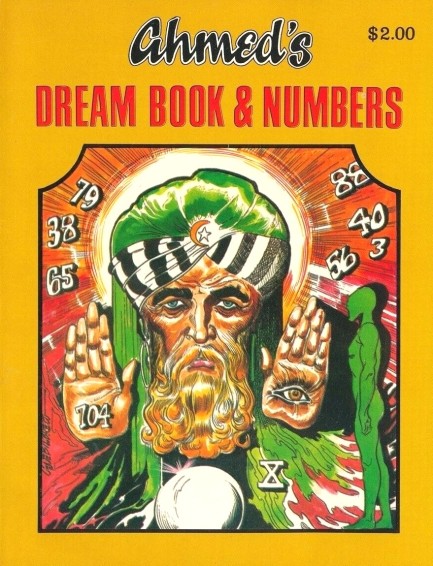 
We're down to the last of our dream books with cover art by Gene Bilbrew. This one, Ahmed's Dream Book & Numbers, was published in 1972 by the Wholesale Book Corp. It never occurred to us before, but these could be considered cousins of Freudian psychoanalysis, which was laid out in Freud's 1899 tome The Interpretation of Dreams, and helped legitimize the long held concept that dreams have meaning. Of course, his idea of meaning was that they gave insight into the subconscious mind, while a dream book's idea of meaning is that of prognostication for gamblers. We doubt Freud ever dreamt of anything like that. You can find out more about these books, and see more art from Bilbrew, by clicking this link and going down the subsequent rabbit hole.
|
 |

The headlines that mattered yesteryear.
2003—Hope Dies
Film legend Bob Hope dies of pneumonia two months after celebrating his 100th birthday. 1945—Churchill Given the Sack
In spite of admiring Winston Churchill as a great wartime leader, Britons elect
Clement Attlee the nation's new prime minister in a sweeping victory for the Labour Party over the Conservatives. 1952—Evita Peron Dies
Eva Duarte de Peron, aka Evita, wife of the president of the Argentine Republic, dies from cancer at age 33. Evita had brought the working classes into a position of political power never witnessed before, but was hated by the nation's powerful military class. She is lain to rest in Milan, Italy in a secret grave under a nun's name, but is eventually returned to Argentina for reburial beside her husband in 1974. 1943—Mussolini Calls It Quits
Italian dictator Benito Mussolini steps down as head of the armed forces and the government. It soon becomes clear that Il Duce did not relinquish power voluntarily, but was forced to resign after former Fascist colleagues turned against him. He is later installed by Germany as leader of the Italian Social Republic in the north of the country, but is killed by partisans in 1945.
|

|
|

It's easy. We have an uploader that makes it a snap. Use it to submit your art, text, header, and subhead. Your post can be funny, serious, or anything in between, as long as it's vintage pulp. You'll get a byline and experience the fleeting pride of free authorship. We'll edit your post for typos, but the rest is up to you. Click here to give us your best shot.

|
|


